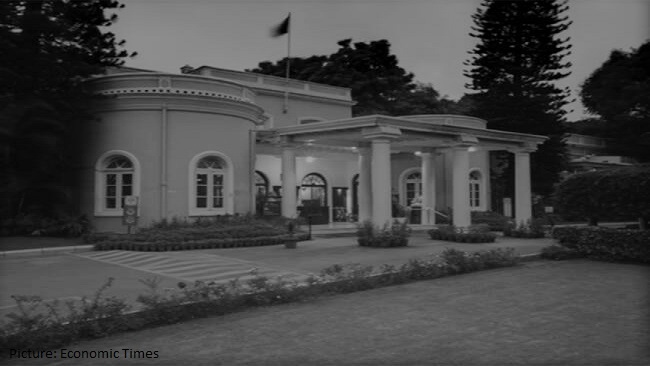Brief: The Supreme Court today held that loss of consortium can also be awarded to children and parents and is not limited to wife [para. 34 & 42]. The Court also held that once compensation for loss of consortium is awarded no compensation for loss of love and affection can be awarded [para. 34, 35, 40].
14. The first question that arises is as to what is the meaning of the expression “association of persons” which occurs in Section 21AA…….
19. It is well-settled that when Parliament used the expression “association of persons” in Section 21AA of the Wealth Tax Act, it must be presumed to know that this expression had been the subject matter of comment in a cognate allied legislation, namely, the Income Tax Act, as referring to 14 persons banding together for a common purpose, being a business purpose in the context of a taxation statute in order to earn income or profits. This presumption is felicitously referred to in the following judgments.
24. This being the case, it is clear that in order to be an association of persons attracting Section 21AA of the Wealth Tax Act, it is necessary that persons band together with some business or commercial object in view in order to make income or profits. The presumption gets strengthened by the language of Sec. 21AA (2), which speaks of a business or profession carried on by an association of persons which then gets discontinued or dissolved. The thrust of the provision therefore, is to rope in associations of persons whose common object is a business or professional object, namely, to earn income or profits. Bangalore Club being a social club whose objects have been referred to by the Appellate Tribunal in this case make it clear that persons who are banded together do not band together for any business purpose or commercial purpose in order to make income or profits.
26. A perusal of this judgment would show that Section 21AA has been introduced in order to prevent tax evasion. The reason why it was enacted was not to rope in association of persons per se as “one more taxable person” to whom the Act would apply. The object was to rope in certain assessees who have resorted to the creation of a large number of association of persons without specifically defining the shares of the members of such associations of persons so as to evade tax. In construing Section 21AA, it is important to have regard to this object.
28. The Bangalore Club is an association of persons and not the creation, by a person who is otherwise assessable, of one among a large number of associations of persons without defining the shares of the members so as to escape tax liability. For all these reasons, it is clear that Section 21AA of the Wealth Tax Act does not get attracted to the facts of the present case.
31. We now come to some of the points raised by the learned Additional Solicitor General, Shri Banerjee. The submission that Section 21AA (2) which deals with dissolution of an association of persons and the fact that on dissolution under Rule 35 of the Bangalore Club, members get an equal share would show first, that the Bangalore Club is an association of persons; and second, that the member’s share in its income and assets are indeterminate or unknown, is an argument which has to be stated to be rejected. First and foremost, sub-section (2) begins with the words “any business or profession carried on” by an association of persons. No business or profession is carried on by a social members club. Further, the association of persons mentioned in sub-section (1) must be persons who have banded together for a business objective – to earn profits – and if this itself is not the case, then sub-section (2) cannot possibly apply. Insofar as Rule 35 is concerned, again what is clear is that on liquidation, any surplus assets 26 remaining after all debts and liabilities of the club has been discharged, shall be divided equally amongst all categories of members of the club. This would show that “at any time thereafter” within the meaning of Section 21AA (1), the members’ shares are determinate in that on liquidation each member of whatsoever category gets an equal share.
35. It is thus clear that what has to be seen in the facts of the present case is the list of members on the date of liquidation as per Rule 35 cited hereinabove. Given that as on that particular date, there would be a fixed list of members belonging to the various classes mentioned in the rules, it is clear that, applying the ratio of Trustees of H.E.H. Nizam’s Family (supra), such list of members not being a fluctuating body, but a fixed body as on the date of liquidation would again make the members ‘determinate’ as a result of which, Sec. 21AA would have no application.
